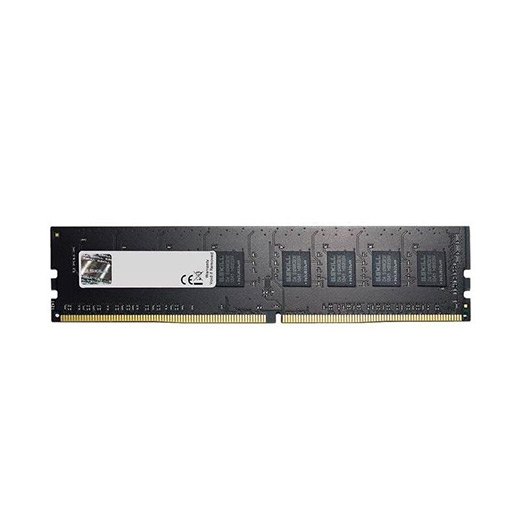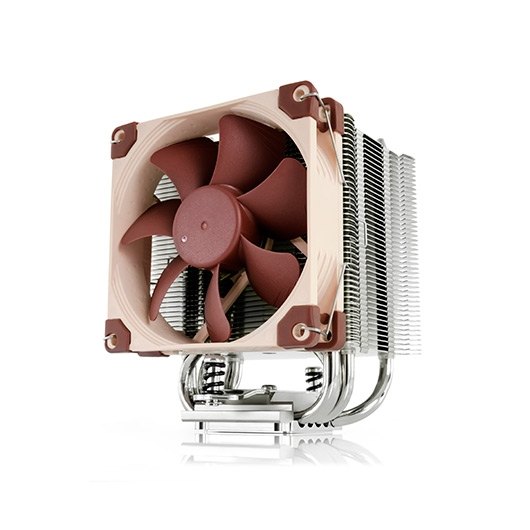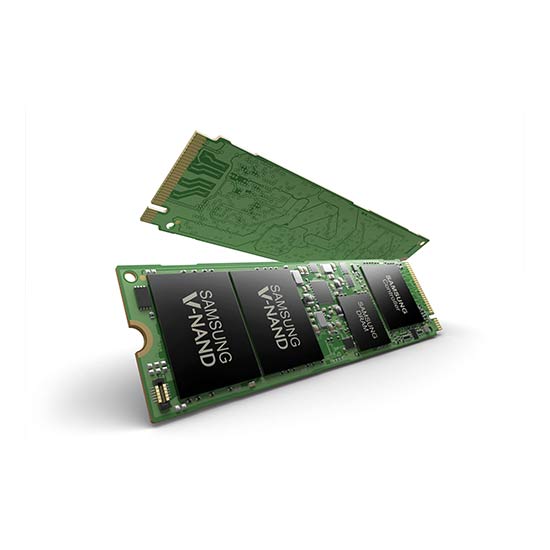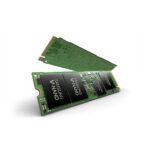he PM961 uses a single-sided design to increase compatibility with OEM designs. The single-sided design features all of the surface mount components on one side of the printed circuit board, which allows OEMs to place the drive closer to the motherboard, and thus design slimmer products. Eventually, many of the slim products will get a storage upgrade, but the dual-sided products will not work in some of them. We’ve already seen a Lenovo Carbon X1 with the issue. The Lenovo motherboard has another chip package under the M.2 area, so it is impossible to install a dual-sided M.2 SSD and reassemble the case.
Samsung is the world’s largest producer of NAND flash memory and SSDs. Moreover, it is also one of the companies, which raise the bar of SSD performance and feature-set. In the recent years, Samsung has been an instrumental driving force in popularization of PCIe and NVMe SSDs. Samsung’s XP941 was one of the first high-end PCIe M.2 SSDs aimed at OEMs and it greatly helped to promote the form-factor among PC makers in 2014. The SM951 SSDs significantly increased performance of flash storage sub-systems compared to its predecessor and introduced NVMe to numerous OEMs a year later. In fall 2015, the Samsung 950 Pro finally brought NVMe and performance of the SM951 to retail market.
When introduced, the XP941 and the SM951 were for their respective times Samsung’s top-of-the-range SSDs designed for OEMs and their flagship PCs. Last year, the company decided to alter its strategy regarding high-performance SSDs aimed at PC makers. Instead of offering just one lineup of fast PCIe drives, Samsung introduced its second family of advanced SSDs with lower price and TLC NAND — the PM951. While the latter drives were still rather fast, the price/performance trade-off meant that they were considerably behind the SM951 in terms of sequential read and write speeds. This year, the company plans to change its approach to OEM SSDs once again. Samsung will offer two product families with slightly different characteristics: the SM961 and the PM961. The new lineups will further raise performance bar of Samsung’s SSDs, but the PM961 is expected to make the new speed levels accessible to a broader audience. The tactics should help Samsung to increase its share of the premium SSD market.
Lors du Forum SSD annuel de Samsung au Japon, la société a présenté deux SSD clients haute performance inédits. Les nouveaux lecteurs SM961 et PM961 sont basés sur le contrôleur Polaris de la société ainsi que sur la mémoire flash V-NAND. Samsung promet que les SSD augmenteront les vitesses de lecture séquentielle à 3000 – 3200 Mo / s et augmenteront également considérablement les performances de lecture et d’écriture aléatoires. Les disques devraient être livrés à l’intérieur des PC au cours du second semestre, alors que personne ne sait si et quand ils seront filtrés dans la vente au détail (ala la série 950).
| Product | Samsung PM961 |
|---|---|
| Pricing | Unknown |
| Controller | Samsung Polaris |
| Protocol | NVMe |
| Form Factor | PCIe 3.0 x4 M.2 Single-Sided 2280 |
| NAND | Samsung 48-Layer TLC V-NAND |
| DRAM | Samsung LPDDR3 |
| Available Capacity Sizes | 128GB, 256GB, 512GB, 1TB |
| Sequential Read | Up To 3,000 MB/s |
| Sequential Write | Up To 1,150 MB/s |
| Random Read | Up To 360,000 IOPS |
| Random Write | Up To 280,000 IOPS |
| Endurance | Unknown |
| Warranty | Varies By Seller |





Avis
Clear filtersIl n’y a pas encore d’avis.